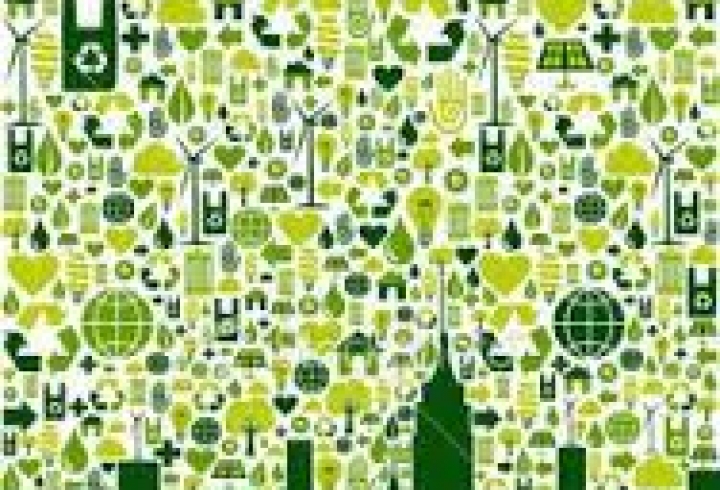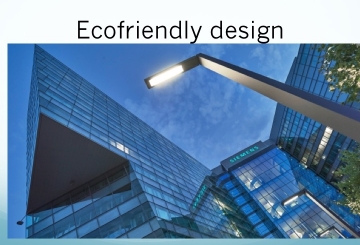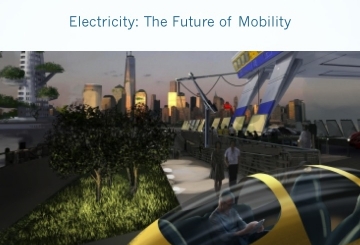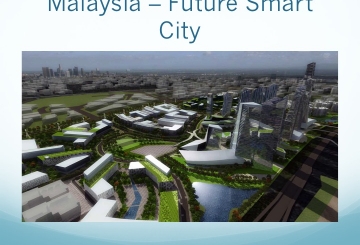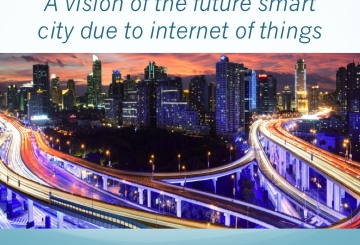03/01/2016
More than half of the world’s population already live in cities;
This is expected to reach 75 per cent by 2050. Cities occupy only two per cent of the earth’s land:
They account for 60 to 80 per cent of energy consumption and 75 per cent of carbon emissions. Natural hazards such as flooding and drought, temperature extremes, and tropical cyclone activity already impact cities and these will be exacerbated by climate change;
growth of cities has puts additional pressure on resources and environmental assets such as forests, water, and air
The risks relevant to cities also operate at different levels from the global to the regional and local levels.
Risks to food security are likely to intensify with population pressures, water scarcity, and climate change.
Over the next 20 years, the urban populations of South Asia and Sub-Saharan Africa are expected to double to over 3.5 billion people;
This leaves a significant number of people highly vulnerable and will ultimately damage the future economic growth potential of cities and will impact on their ability to reduce urban poverty;
Risks from climate hazards, resource scarcities, and damage to vital ecosystems cannot be looked at in isolation: they are multiple, interlinked, and they are growing:
Thus, strategies based on ‘grow first, tackle environmental risks later’ is doomed.
Cities are natural magnets for driving innovations required to respond to environmental challenges derived from a concentration of people and economic activity;
Cities generate fertile environment for new ideas, technologies, and innovations;
Cities are the global centers of commerce, communication and culture.
Cities are crossroads of civilizations where the local interacts with the global, where tradition dialogues with modernity and where the economy is intertwined with the culture
It is in cities that the challenges of contemporary globalization, particularly environmental concerns, require urgent solutions and where innovative future strategies are most needed.
Making urban development more livable, sustainable, inclusive and creative is a major challenge for every city in the world.
Majority of studies focus on measures to address one or two risks such as carbon emissions or flood risks, but provide insufficient attention to issues such as potential resource scarcities in energy, water, and food, and the need to safeguard natural habitats and biodiversity.
Smart cities ideas is about utilizing and developing the capabilities of cities to respond to the risks associated with climate change, resource scarcities, and damage to ecosystems in a way that catalyzes inclusive urban development:
that the earlier cities particularly, in developing countries take steps to secure their urban development of future, the better:
Although various groups of cities face common environmental risks, they usually differ markedly in their vulnerability to those risks.
Attention should be paid to identify which solutions can generate environmental, social and economic benefits for specific city= one size does not fit all!
At present significant number of policies in balancing environmental, social, and economic objectives exist. Smart and selective choices must be applied by cities.
There are also a range of future policies that are relatively easy to implement. These include policy solutions such as urban agriculture, micro-generation, improvements to public transport information, and introduction of enhanced bus services. These policies are relatively affordable, do not have substantial governance or planning requirements, and are relatively straightforward to deliver.
Urban form city level policies developed to respond to environmental risks can generate wider economic and social benefits as well as environmental ones;
Cities should unlock opportunities in the built of their environment by combining measures which incorporate rainwater harvesting and grey water reuse, recycling, pollution control, and solar power systems to generate ‘triple-win’ and ‘win-win’ benefits.
Technology and innovation are critical components in driving economic growth in future cities
Digital mechanisms for city infrastructure such as waste management, water, sanitation and power supply are to be designed for more efficient future performances.
The application of these policies can form the heart of any urban development strategy.
Many of these policies are an extension of integrated urban planning and infrastructure investment. They include mixed use zoning, use of greenbelts, developing mass transit, pedestrian and bike orientated development plans, and prudent land management.
IT can develop an urban risk database. This allows a better understanding of the multiple and interconnected risks facing cities from climate hazards, resource scarcities, and damage to ecosystems;
This should be combined with metrics capturing the vulnerability of cities to risks and their capacity to respond to risks.
It also help provide an overview of urban scale and dynamics in terms of city size and ecological impacts, climate and physical geography, and urban forms:
Analysis can also help to pinpoint groups of cities that face the most significant environmental risks and where these risks may intensify over time;
IT can identify a window of opportunity to pursue a development path
It could minimizes the environmental risks to long term prosperity and poverty reduction.
It helps with the new and innovative approach to design and management of mass transit options such as Bus Rapid Transit and demand management schemes, magnetic trains and use of renewable energy and recycling materials for buildings, energy, and building sectors and to promote the move to a lower carbon, less energy intensive
In order to implement these innovative policies there is a need for leadership by city stakeholders, regional and national government, international funding agencies, philanthropic, academia, and private sector companies in order to plan for the long term by acting now and support cities to future proof their development.

